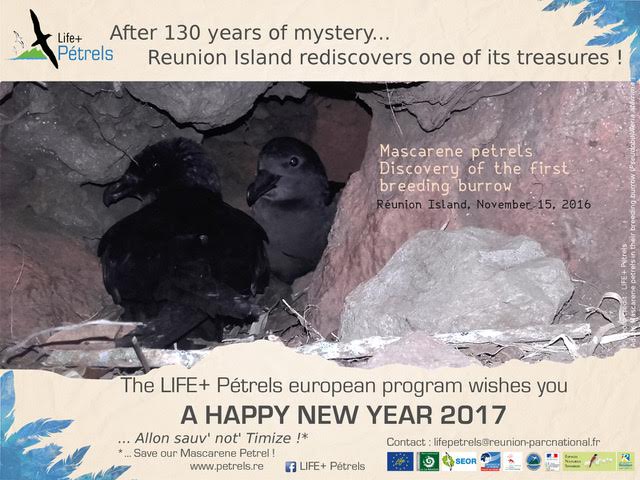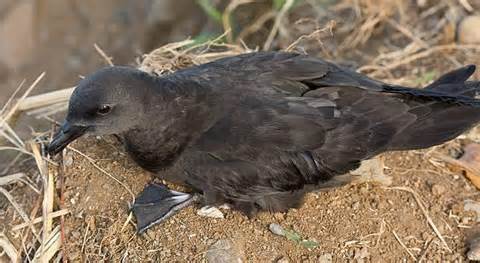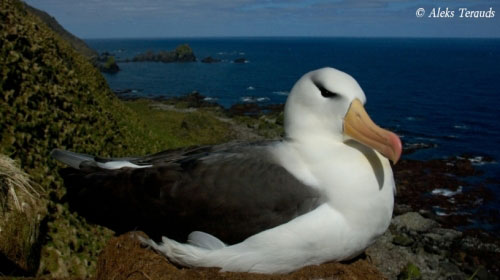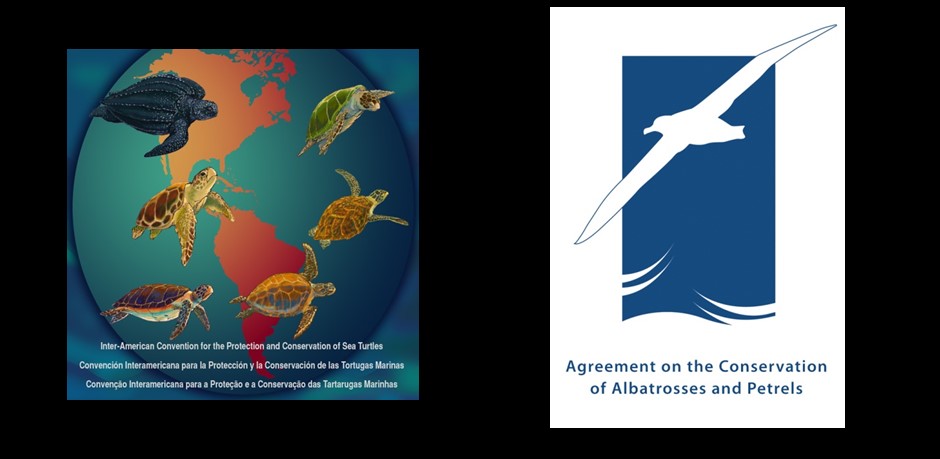The UK’s Royal Society for the Protection of Birds (RSPB) is working towards the eradication of “killer” House Mice Mus musculus on Gough Island, where they have been reducing breeding success of near-endemic and Critically Endangered Tristan Albatrosses Diomedea dabbenena to unsustainable levels for well over a decade – as regularly reported in ACAP Latest News (click here).
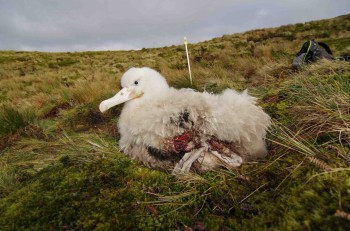
A Tristan Albatross chick after overnight attacks by mice, the bird died soon afterwards; photograph by Sylvain Dromzee
Along with the need to draw up complex plans for a helicopter-borne poison bait drop over the whole island, set to take place in the austral winter of 2019, is the requirement to raise the necessary funds for the operation (click here).
An eradication exercise in the mid-Atlantic is clearly going to be expensive, possibly costing as much as six million pounds, so the recent announcement by the RSPB that the UK Government has committed £1.75 million to support the Gough Island Restoration Programme is a welcome start (click here).
The UK had previously announced its intention to support the eradication of invasive mice on Gough Island at the 13th Conference of the Parties to the Convention on Biological Diversity (CoP13) held in Cancun, Mexico last month (click here).
Click here for an illustrated information brochure about the eradication programme and view the mouse attack video. A donations page has been set up by the RSPB to receive contributions.
Thanks to Clare Stringer, Head of International Species Recovery Unit, Royal Society for the Protection of Birds, UK.
John Cooper, ACAP Information Officer, 31 January 2017

 English
English  Français
Français  Español
Español 
